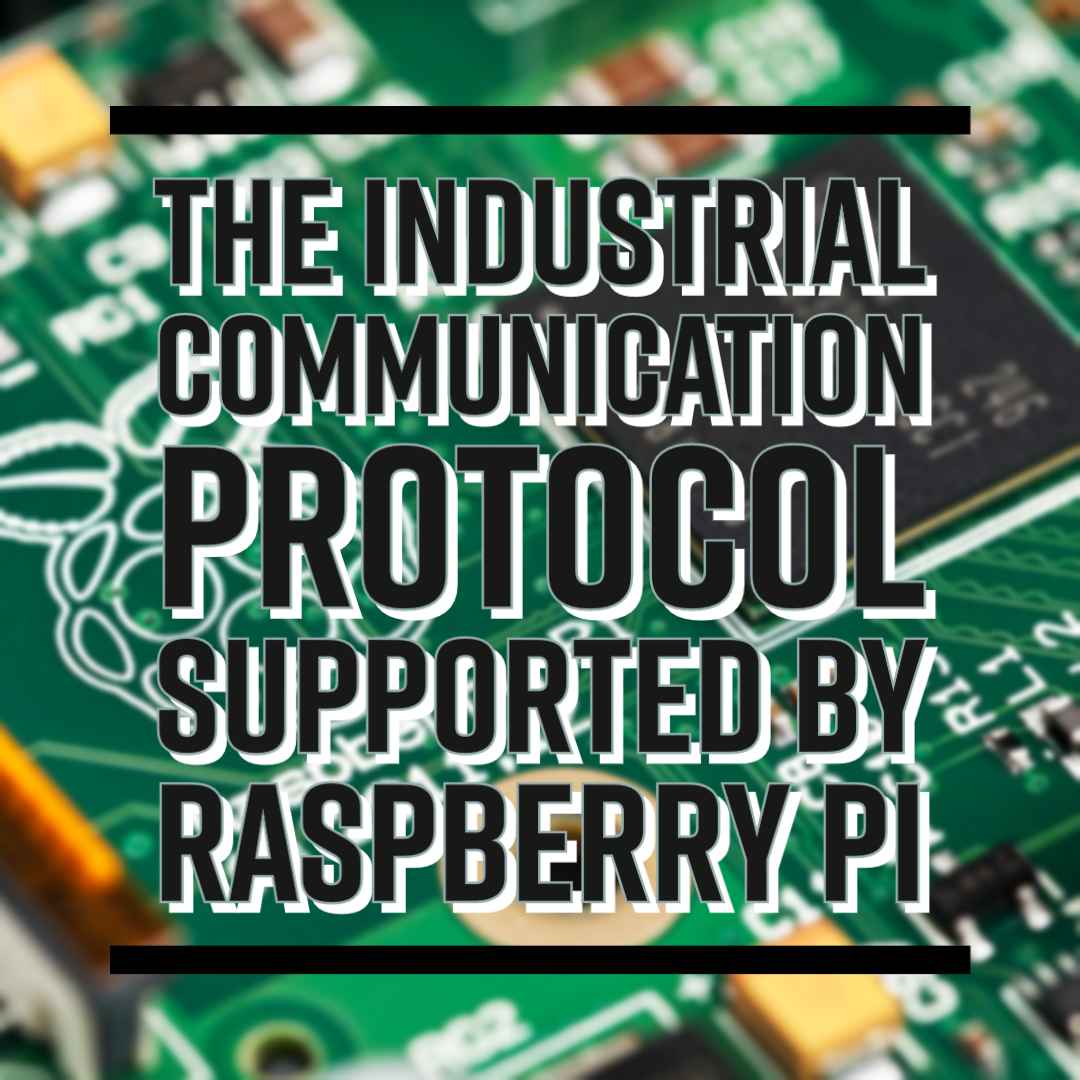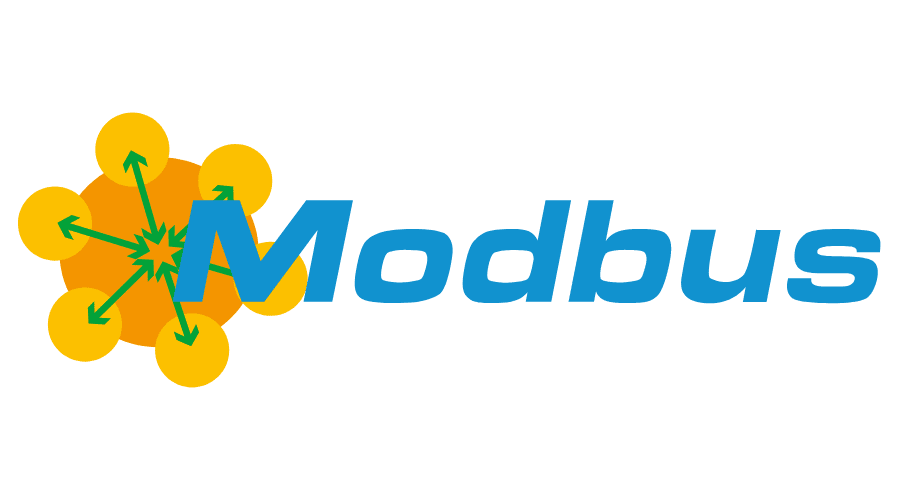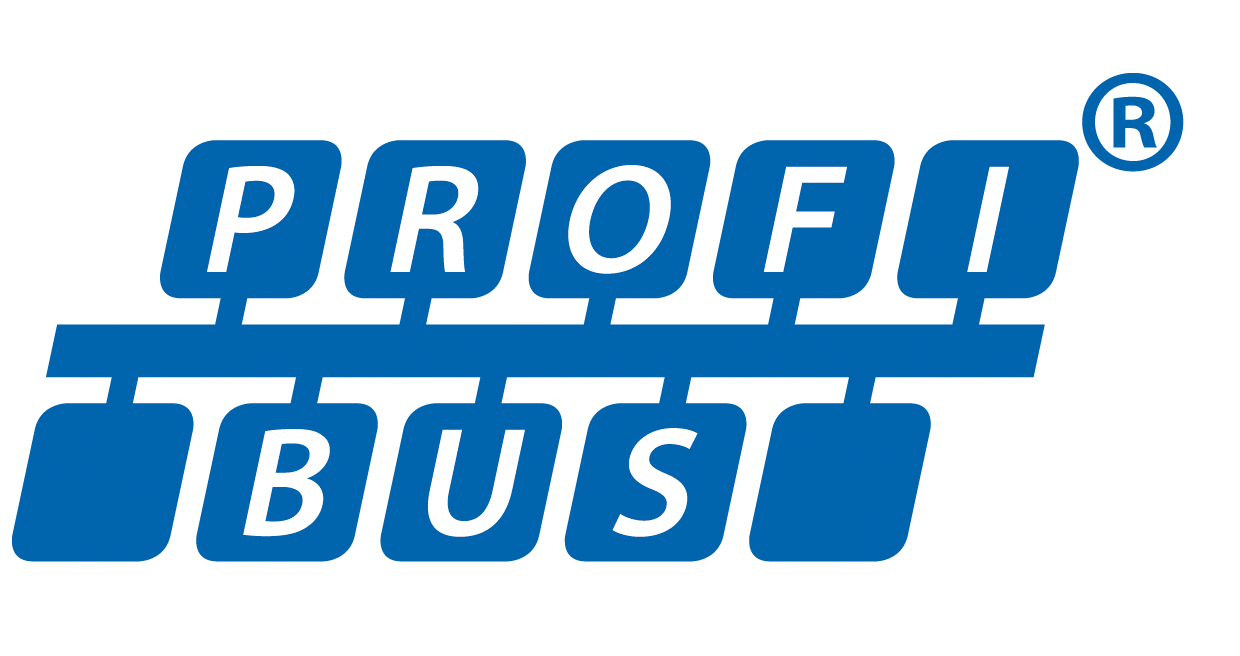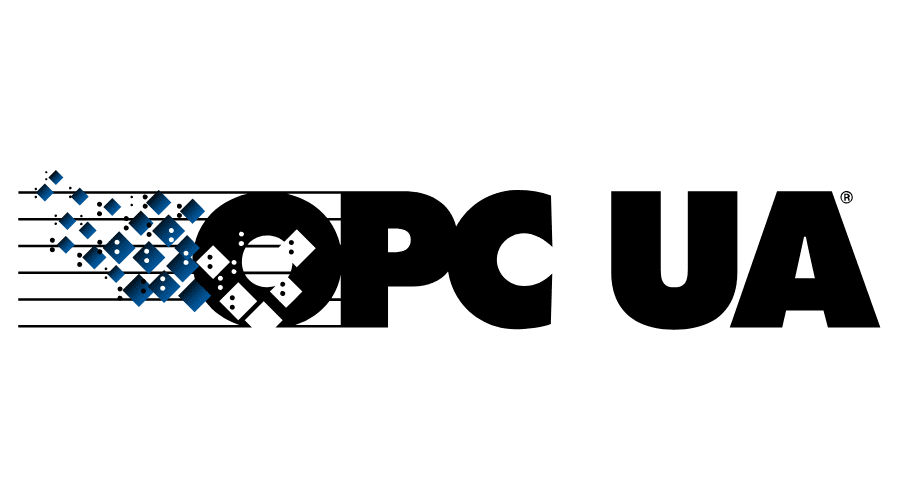Your shopping cart is empty!

The Industrial Communication Protocol Supported By Raspberry Pi
- Hussien Jawhar Sathik
- 23 Mar 2023
- Protip
- 1236
There is a lot of different type of communication protocol that is being used in industries. The selection of communication protocol depends upon the hardware and the requirement of the device such as the sensors, controllers and actuators. First of all, let us understand what is meant by the industrial communication protocol. A communication protocol is a combination of rules utilized in the process of data exchange of various network and software systems. It incorporates a list of all formal requirements and standards, including syntax, restrictions, procedures, error recovery, and synchronization of communication. In industrial automation, communication protocols are used by both hardware and software solutions, as well as a combination of both.
In the previous article, we have seen how Raspberry Pi is helping the industry. Well, one of the reasons is that Raspberry Pi has several features that make it suitable for industrial communication and it can support different types of communication protocols. In this article today, we would like to see the different types of industrial communication protocols that can be implemented using Raspberry Pi. There is a lot of different type of communication protocol that is being by industries, and we can't write about all of them. We will just talk about the commonly used communication protocol in the industry.
1. Modbus

Modbus is a serial communication that is commonly used in industrial automation and control system. It is a simple and open protocol that can be used to connect various devices such as the sensors, controllers and other automation devices. It has become a standard communication protocol in industry, and is now the most commonly availble means of connecting industrial electronic devices. It is being used massively by many manufacturers throughout many industries. Modbus is typically used to transmit signals from instrumentation and control devices back to main controller. One good example is a system that measures temperature and humidity and transmit the results to a computer.
2. PROFIBUS

PROFIBUS (Process Field Bus) is a digital network which is responsible for providing the communication between the field sensors and the control system or the controllers. It is widely used in Europe and has become a de facto standard in many industries. PROFIBUS supports both serial and Ethernet communications for communicating with various devices such as sensors, actuators and controllers. The PROFIBUS architecture relies on four types of messages designed for specific applications: SD1(contact check), SD2(data transport), SD4(token) and SC(short answer). There are two different type of PROFIBUS, one is PROFIBUS DP(Decentralised Peripherals) and the second is PROFIBUS PA(Process Automation).
3. CAN

CAN stands for (Controller Area Network). It is a serial communication protocol used in automotive and industrial application. CAN bus is a message-based protocol allowing individual systems, devices and controllers within a network to communicate. The CAN bus use a two-wired communication protocol. Initally was designed to be used in passenger vehicles, buses and trucks, but today CAN bus protocol is also commonly appplied in many other kind of equipment and machinery. Some of the application of the CAN bus is it is used in vessels and other maritime equipment, in elevators and escalators, in contruction automation system and many more.
4. RS485

RS-485 is a serial communication protocol that is commonly used in industrial automation and control system. RS-485 or also known as TIA/EIA-485 expands the physical function on the basis of RS232 interface. RS-485 uses differential signalling which allows for communication over long distances up to 1200 meters at high data rates. RS-485 also supports multi-point communication, which means that several devices can be connected to a single bus. The RS485 supports both half-dulex and full duplex mode. In the half-duplex mode, devices take turns trasnmitting and receiving data. Whereas in the full-duplex mode devices can simulataneoulsy transmit and receive data. Some of the application where RS-485 used is in building automation system, HVAC and process control system.
5. OPC UA

OPC or Open Platform Communication Unified Architecture is a platform-independent suite of communication protocols. It is an open standard and provides a secure and reliable way of excahnging data. OPC UA combines the functionality of teh individual OPC Classic specifications into one extensible framework. OPC UA also supports various security profiles that allow for secure communications over different types of network such as Ethernet, Wi-Fi and cellular networks. OPC UA are widely used in various industrial applications such as SCADA, MES and IoT applications.
These are just a few example of communication protocol that often used in the industry. Apart from this there are many different protocols available and being used by the industries. In the feature we will take deeper look into each of the protocol we discussed today. In our next article we shall see the software that can be used with Raspberry Pi for industrial automation.
Related Products
IRIV PiControl - IR4.0 CM4 Industrial Controller
$279.00++ $279.00
 International
International Singapore
Singapore Malaysia
Malaysia Thailand
Thailand Vietnam
Vietnam
_11zon-320x180.jpg)